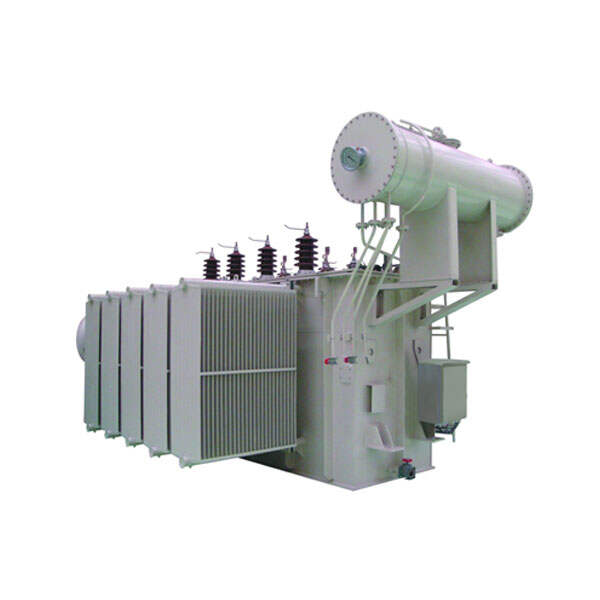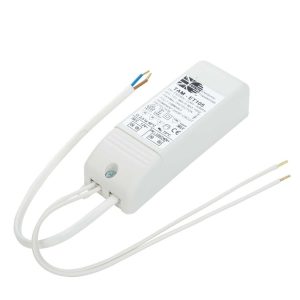Transformers are essential devices in the field of electrical engineering, enabling the efficient transmission and distribution of electrical energy. One of their key functions is to increase or decrease voltage levels as required. In this blog post, we will delve into the intricacies of transformers and explore how they can effectively amplify voltage.
- Understanding Transformers:
To comprehend how transformers increase voltage, it is crucial to grasp their fundamental principles. Transformers consist of two coils, known as the primary and secondary windings, which are magnetically coupled. The primary winding is connected to the power source, while the secondary winding delivers the transformed voltage. The ratio of the number of turns in the primary and secondary windings determines the voltage amplification or reduction. - Step-Up Transformers:
A step-up transformer is specifically designed to increase voltage levels. By having more turns in the secondary winding compared to the primary winding, the transformer can magnify the input voltage. This is particularly useful in long-distance power transmission, where high voltages are required to minimize energy losses. Step-up transformers are also employed in various industrial applications, such as power generation and electrical appliances. - Voltage Amplification Process:
When an alternating current (AC) passes through the primary winding, it creates a magnetic field that induces a voltage in the secondary winding. The voltage induced in the secondary winding is directly proportional to the turns ratio between the primary and secondary windings. As a result, the output voltage is increased, while the current is decreased according to the principle of conservation of energy. - Efficiency and Limitations:
While transformers are highly efficient devices, it is important to consider certain limitations. The efficiency of a transformer is influenced by factors such as core material, winding resistance, and magnetic losses. Additionally, transformers have a maximum voltage limit determined by the insulation capabilities of the windings. Operating beyond this limit can lead to insulation breakdown and potential damage to the transformer. - Practical Applications:
The ability to increase voltage through transformers has numerous practical applications. One notable example is the power grid, where step-up transformers are used to raise voltage levels for long-distance transmission. This reduces energy losses and allows for efficient distribution to end-users. Transformers are also utilized in electronic devices, such as power adapters, to convert voltage levels according to specific requirements.
Conclusion:
Transformers play a vital role in the electrical industry, enabling the amplification of voltage for various applications. Through the principles of electromagnetic induction, step-up transformers efficiently increase voltage while reducing current. Understanding the capabilities and limitations of transformers is crucial for engineers and technicians working in power systems and electrical equipment design. By harnessing the power of transformers, we can unlock new possibilities in energy transmission and utilization.










+ There are no comments
Add yours